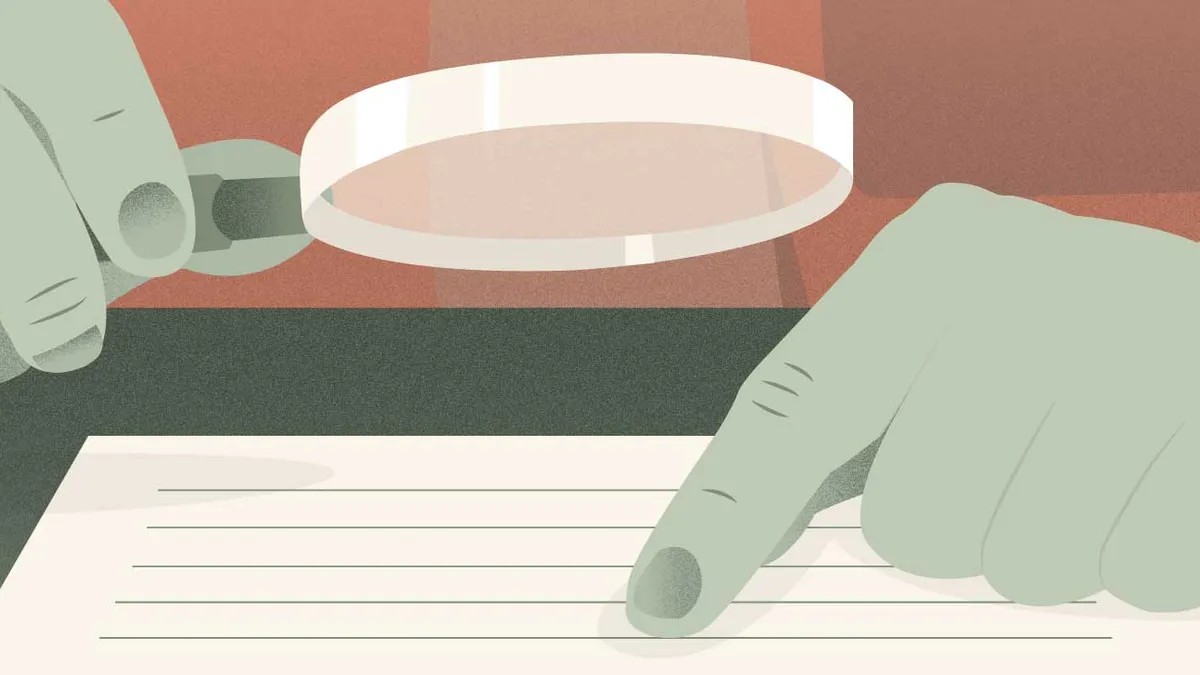This installment of "HR Legal Briefing" is written by David W. Garland, a Member of the Firm and Chair of Epstein Becker Green’s National Employment, Labor & Workforce Management Steering Committee. Garland is frequently retained in matters involving clients’ most senior executives and in high-profile, high-stakes and highly sensitive cases. He can be reached at [email protected].
In Part I, we identified some of the steps that an employer should take to minimize the risk that it might find itself in the headlines because of sex harassment allegations against a founder or other key player in the organization. Those steps included creating a culture of compliance, communicating with a complainant after the complaint is made, establishing a safe work environment for employees and providing effective training to the employee population. In Part II, we discuss additional steps that the C-suite should be taking.
A key first step is having in place the right team and protocol before a complaint is made and publicized. With the disappearance of a traditional news cycle — and the emergence of a non-stop, 24/7 social media culture — any lapse in response time can have a devastating impact on a company’s reputation and brand. The team must consist of senior leadership with decision-making authority from human resources, legal and communications, as well as their top lieutenants. Key high-level management personnel also should be integrated, depending on the identity of the complainant and the alleged harasser. Team members should receive significant training on the company’s harassment policy and appropriate investigative and remedial responses.
The roster of individuals who will investigate the complaint must be prepared as well. It should include experienced outside investigators who can independently investigate the allegations — and more than one option should be identified ahead of time in case of unavailability or conflict. The investigation team should include members with prosecutorial or law enforcement background, in case that experience is required. It is also prudent to retain investigators without any significant prior connection to the organization. The investigators’ independence is critical to an unbiased review of the allegations — and in determining what the evidence actually shows. The last thing that an organization needs is a charge that it failed to properly investigate a claim because of a prior relationship with the investigator. Independence is critical, too, if the matter is litigated; even if the investigation was performed impeccably (and time pressures can make that difficult to do), an investigator's alleged bias can undermine its conclusions.
The IT department also has a role. E-mails, text messages, instant messaging, cell phone records and publicly available social media presences may need to be canvassed as part of the investigation. The electronic and digital data must be collected promptly and efficiently, and the protocol needs to address this reality before a complaint arises.
As soon as the investigation is concluded, its results must be reported to the decision-makers. In today’s atmosphere, the tendency is to immediately terminate the alleged harasser if there is any evidentiary support for the allegations. But some have questioned whether that is always the right result, and whether that outcome may prevent an employee from coming forward.
The communications team also must be prepared to move quickly on the messaging. Key media influencers in the company’s industry must be reached — personally, if possible — to deliver the message and to provide the necessary background. Internal messaging also must be planned and its delivery considered. Should senior leadership conduct a town-hall meeting? Might a videotaped message from the C-suite be more effective than an e-mail? In all events, the company’s commitment to a workplace free of harassment — and steps taken to fulfill that commitment — must be a central part of the message.
With a solid plan in place, employers will be well-equipped to respond to complaints. And while all of these steps underscore the vital role of the HR department, they also require the strong support of the C-suite.












